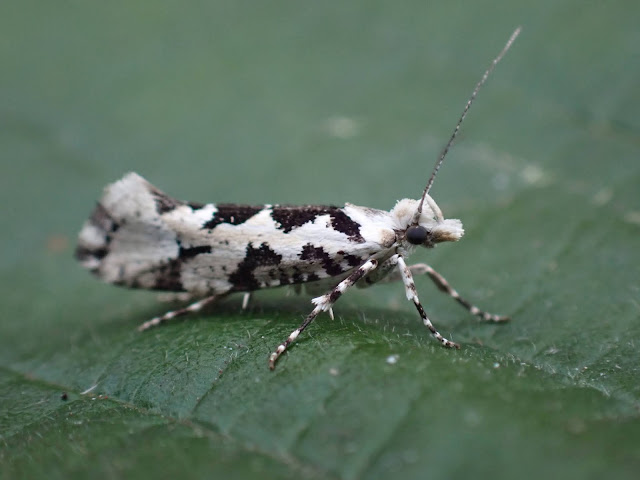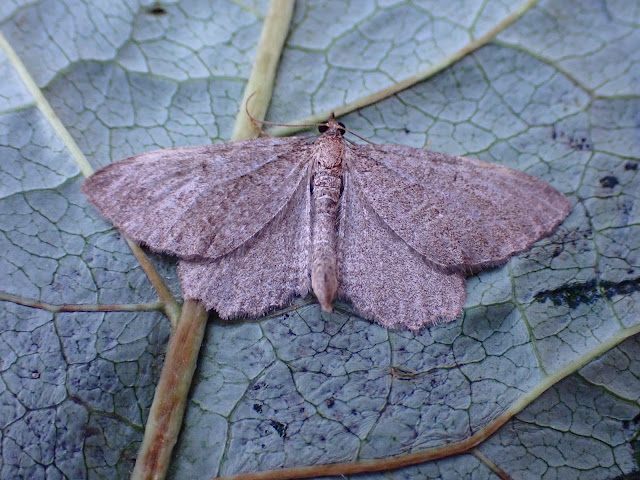Since 2016 they have been discovered at a second site in the county, Trumpington Meadows where they have been monitored each year. The foodplant of Small Blue is Kidney-vetch which is abundant on the Magogs so I always thought the butterfly could/ should occur. I do visit the site occasionally with the family and I had never come across it though...until now. Just a few minutes after Beth said we should be looking out for Small Blue I found a single individual that allowed a few quick photos:
It does seem as if this is the first Small Blue to be seen here for many, many years. A few other observers have visited the site since and found at least two individuals so it bodes well for a colony to establish itself and for the status of the butterfly in the County. As an aside, these must refer to second generation individuals so it is highly likely that they have been lurking here without being detected at least earlier this year.

































